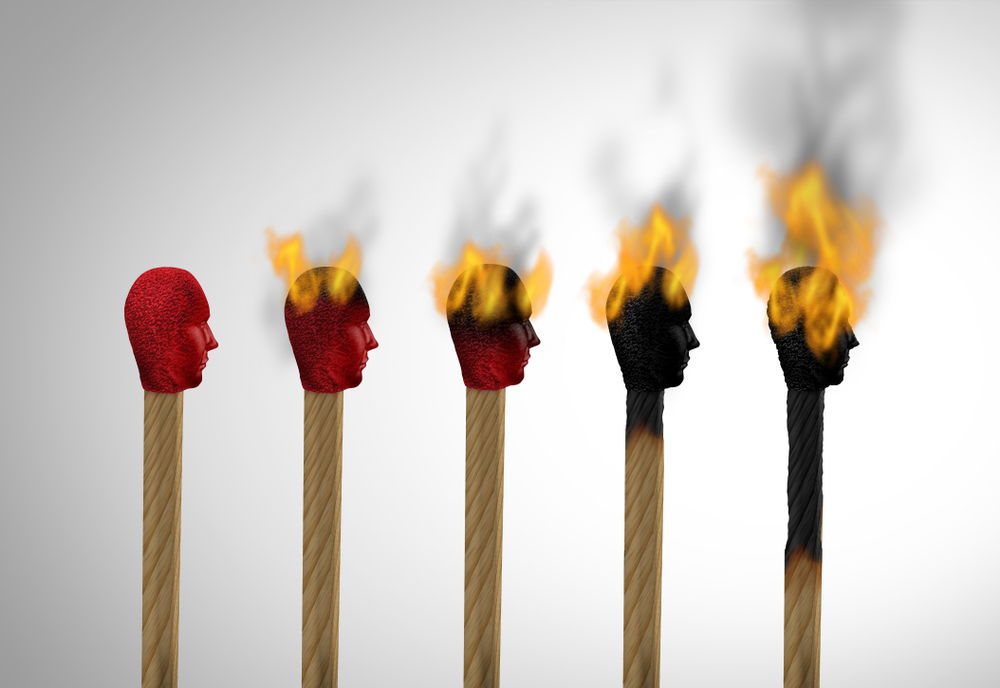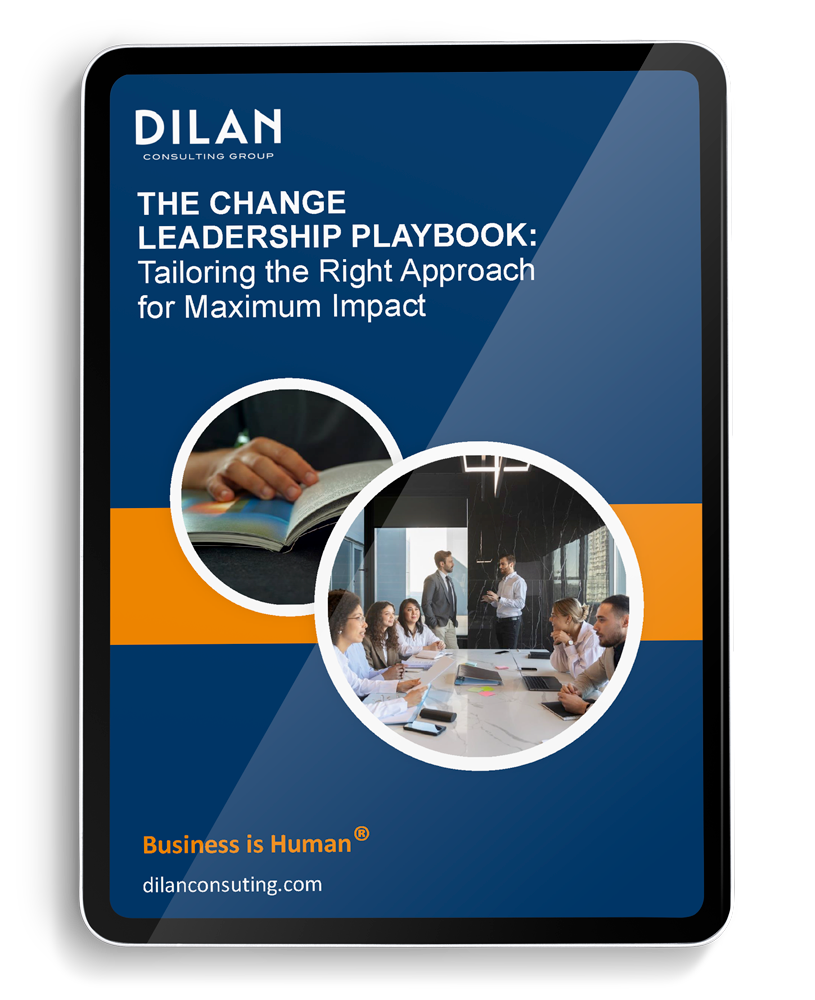“We tend to think of burnout as an individual problem, solvable with simple tricks like ‘learning to say no,’ or ‘trying yoga,’ but the real solution lies in fixing the workplace.”
— Jennifer Moss, The Burnout Epidemic (2021)
The Silent Burn
Earlier this year, a senior engineer at a major tech company in Silicon Valley quietly resigned. Not because of performance issues but because of what she later described on LinkedIn as “a slow erosion of purpose, energy, and joy.” The company had just gone through yet another re-org. Weekly stand-ups had become daily. Her vacation days went unused while performance expectations kept climbing.
This story is far from rare. It is happening in corner offices and cubicles alike. The World Health Organization (WHO) defines burnout as an occupational phenomenon—not a medical condition—resulting from chronic workplace stress that has not been successfully managed (World Health Organization, 2019). This understanding can help you realize that you are not alone in this struggle. Moreover, it is costing organizations dearly.
According to Gallup’s 2023 Global Emotions Report, 44% of global employees said they experienced stress “a lot” the previous day—an all-time high (Gallup, 2023). Burnout is not just a wellness issue—it is a business issue because burnout is a workplace problem, not an individual failure. Burned-out employees are 2.6 times more likely to actively seek a new job and 63% more likely to take a sick day (Gallup, 2022).
Burnout Is Not Just Stress—And It is Not the Same for Everyone
A common misconception is that stress and burnout are interchangeable. They are not. In contrast, stress is often short-term and situational, while burnout is chronic and systemic. But not all stress is harmful—some of it is actually good. Enter eustress, a healthy, motivating stress that helps us grow and perform. Think public speaking, problem-solving, and launching a product. Eustress energizes. However, cross that invisible line—and stay there too long—and you are in burnout territory.
“The opposite of burnout is not the absence of stress, but the presence of engagement.”
— Maslach & Leiter, 1997
Recognizing that burnout is a workplace problem can help individuals and organizations spot systemic causes early, before they become crises. This knowledge empowers you to take control of your well-being and make informed decisions about your work and life.
Mini Self-Check: Are You Burning Out?
Here’s a quick self-assessment tool, grounded in the work of Maslach, Gallup, and the Nagoski sisters. Check off any that apply over the past few weeks:
Emotional Exhaustion
☐ I feel emotionally drained after most workdays.
☐ Small tasks feel disproportionately difficult.
☐ I wake up tired, even after a full night’s sleep.
Cynicism / Detachment
☐ I feel less connected to my team, my company, or my mission.
☐ I’ve started withdrawing from people or avoiding collaboration.
☐ I feel irritated more easily than usual.
Reduced Sense of Efficacy
☐ I doubt whether my work is making a difference.
☐ I feel like I’m just going through the motions.
☐ I’ve lost confidence in my ability to perform well.
Body + Behavior Signals
☐ I’ve noticed changes in sleep, appetite, or focus.
☐ I find it hard to turn off my brain after hours.
☐ I feel guilty when I rest or take breaks.
🟡 3–5 checks? You’re in the yellow zone—pause and evaluate.
🔴 6 or more? Consider this a serious signal. Time to recalibrate.
Note: This self-check is informed by leading burnout research, including the work of Christina Maslach and Gallup, but is not a formal diagnostic tool. It is only intended to help you reflect, not diagnose.
Understanding Burnout: What the Experts Are Saying Now
Let’s take a moment to highlight how today’s top voices in burnout are helping us reframe the issue. Their work consistently reinforces that burnout is a workplace problem requiring systemic change, not just personal coping strategies:
| Expert | Core Theory/Message | Notable Work |
| Dr. Christina Maslach | Burnout stems from mismatch in six domains: workload, control, reward, community, fairness, and values. | The Truth About Burnout |
| Dr. Gabor Maté | Chronic stress and burnout often originate from suppressed needs and unprocessed trauma. | When the Body Says No |
| Arianna Huffington | Burnout is a cultural crisis—and sleep, recovery, and rest are performance tools. | Thrive and The Sleep Revolution |
| Nagoski Sisters | Burnout is physiological. You must complete the stress cycle to reset your nervous system. | Burnout: The Secret to Unlocking the Stress Cycle |
| Jennifer Moss | Burnout is a workplace design failure, not a resilience deficit. | The Burnout Epidemic |
New Data, Same Message: Burnout Is a Workplace Problem, Not a You Problem
Recent research adds clarity:
- Gallup (2022): Burned-out employees are 13% less confident in their performance and twice as likely to feel disconnected at work.
- Gallup (2023): Nearly half of employees globally report high daily stress levels, reflecting widespread systemic issues.
- McKinsey Health Institute (2023): Middle managers experience the highest burnout rates—positioned between strategic pressure and execution fatigue.
Organizations with psychologically safe cultures, clear boundaries, and rest-affirming norms report lower rates of burnout, stronger engagement, and more resilient teams (McKinsey Health Institute, 2023).
7 Evidence-Based Ways to Tackle Burnout
Based on the latest evidence and thought leadership, here are actionable ways to prevent, reduce, and recover from burnout—at both the personal and organizational level:
- Close the Stress Cycle Every Day
(Nagoski & Nagoski, 2019) – Physical movement, deep laughter, or even a good cry can reset your system. - Redesign for Autonomy and Realistic Loads
(Maslach & Leiter, 1997) – Mismatch in control and workload is a major burnout trigger. - Value Recovery as a KPI
(Huffington, 2016) – Embed rest, reflection, and breaks into your performance framework. - Normalize Self-Awareness, Not Self-Blame
(Maté, 2003) – Acknowledge your needs before your body forces you to. - Measure Burnout Systemically
(Gallup, 2022) – Don’t wait for people to raise their hands. Use listening tools, surveys, and trend data. - Practice Eustress Recognition
(Maslach & Leiter, 1997; Gallup, 2023) – Help people identify what energizes them vs. what drains them. - Create Cultures Where Recovery is Honored
(McKinsey Health Institute, 2023) – Psychological safety protects energy, not just ego.
The Burnout–Engagement Spectrum
One of the most important shifts in thinking about burnout is recognizing that it doesn’t happen overnight — and it doesn’t always show up as full-blown collapse. Instead, burnout and engagement exist on a spectrum, and people often move along this spectrum gradually based on their experiences at work.
When we understand this spectrum, we can spot early warning signs and design interventions before burnout becomes a crisis.
Here’s a simple way to visualize it:
| Burnout Zone | Neutral Zone | Eustress / Engagement Zone |
| Exhaustion | Disengagement | Energized focus |
| Cynicism | Indifference | Purpose and meaning |
| Reduced efficacy | Maintenance | Growth and mastery |
What This Means:
- Burnout Zone:
People here feel drained, cynical, and ineffective. Creativity and collaboration suffer. Mistakes rise. Retention risk is high. - Neutral Zone:
People here are “getting by” but not thriving. They may feel indifferent, disengaged, or emotionally flat. They’re often overlooked because they’re not actively raising issues. - Eustress / Engagement Zone:
People here experience healthy levels of challenge. They feel energized, purposeful, and connected to their work. Growth happens here. Innovation happens here.
Why This Spectrum Matters
Consequently, organizations often miss the early warning signs because they only react when people crash into the full Burnout Zone. But many employees drift silently from Engagement into Neutrality first — and Neutrality can be a leading indicator that burnout is beginning.
Therefore, by understanding and watching the spectrum:
- Leaders can recognize subtle shifts in energy, engagement, and morale.
- Teams can intervene earlier with workload adjustments, recognition, resources, and recovery opportunities.
- Cultures can normalize conversations about thriving, not just surviving.
The real power isn’t just preventing burnout—it’s actively moving people toward sustained engagement, where both individuals and organizations perform at their best.
Final Thoughts: Burnout as a Leadership Signal
If burnout is a message, it is telling us clearly: burnout is a workplace problem that demands leadership action, not individual fixes. That it is time to rethink how we define productivity. Humans need rest to contribute their best. Moreover, cultures built on relentless output eventually collapse under their weight.
Let us design differently. Let us lead differently. Not with panic—but with purpose.
Reference List
Gallup. (2022). State of the Global Workplace: 2022 Report.
Gallup. (2023). Global Emotions Report
Huffington, A. (2016). The sleep revolution: Transforming your life, one night at a time. Harmony Books.
Maslach, C., & Leiter, M. P. (1997). The truth about burnout: How organizations cause personal stress and what to do about it. Jossey-Bass.
Maté, G. (2003). When the body says no: Exploring the stress-disease connection. Knopf Canada.
McKinsey Health Institute. (2023). Addressing employee burnout across the workforce.
Moss, J. (2021). The burnout epidemic: The rise of chronic stress and how we can fix it. Harvard Business Review Press.
Nagoski, E., & Nagoski, A. (2019). Burnout: The secret to unlocking the stress cycle. Ballantine Books.
World Health Organization. (2019). Burn-out an “occupational phenomenon”: International classification of diseases.



